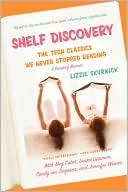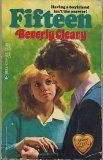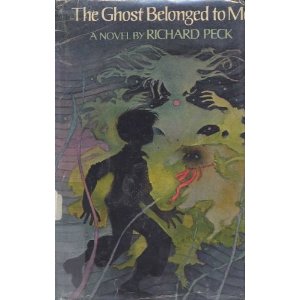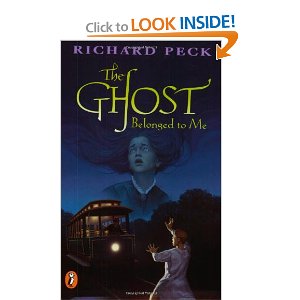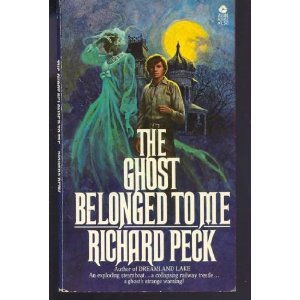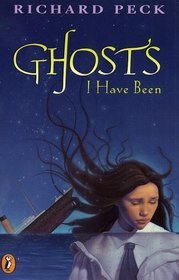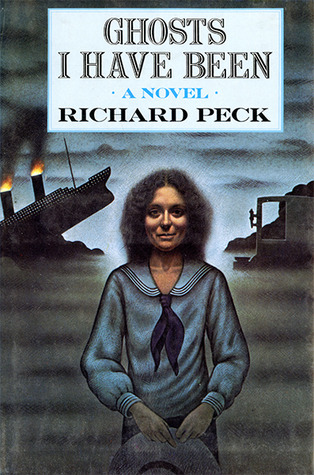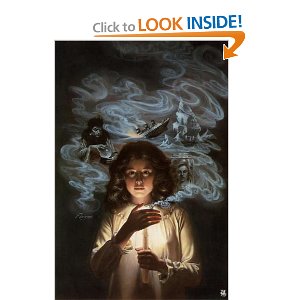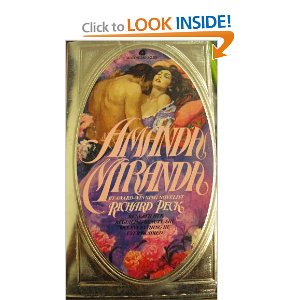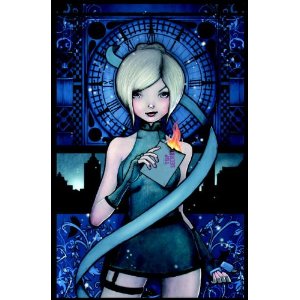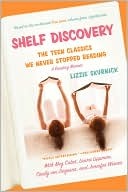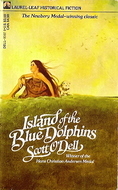“Let’s Pretend This Never Happened” by Jenny Lawson
Sunday, August 12th, 2012You know how everyone tells you how great something is, and you’re all, “yeah, yeah, I’ve been meaning to get to it” or, “yeah, I tried it but it was only OK” and then you finally try whatever it is, or re-try it and hit yourself in the head and yell, D’oh!? You know that feeling, right? Well, that’s the feeling I have after reading Let’s Pretend This Never Happened by Jenny Lawson, a.k.a. The Bloggess. It’s the “Why didn’t I listen so I could have enjoyed this sooner?” feeling. Because both my husband G. Grod and my internet friend Pat who blogs at O Canada Y’all have been singing her praises for years. I read some entries and liked them but never subscribed to the feed for her blog. Maybe I was feeling overwhelmed at the time. (Since I feel this way 85% of my life, that’s my guess). Maybe whatever the post was failed to fully engage me. Maybe I got lost in the labyinthine tangle of entries that is her history with Wil Wheaton and twine. But for whatever reason, I moved along.
I’m not sure why I ordered this book, then. Maybe my husband sent me a link of her begging people to buy it, so I ordered it next time I was at amazon and needed something to up my total to get free shipping (we’ve since broken down and gotten amazon prime so no need for that kind of compulsive behavior anymore). So, I ordered the book. I saw it was being read by everyone on the interwebs and that they liked it. And then it sat gathering dust, as books often do around here. (And by that I mean not just the physical dust from me not cleaning, but the metaphorical dust that settles on a book that I HAVE TO HAVE and then don’t read.)
But then we saw that she was doing another book tour, and coming to our town, and well, then, what were we to do but read the book and go see her? Which we did. But that gets me to where I should describe the reading next, and not her book, and you might not care about the reading, since her tour is now over, and you might still read the book, right, so that’s what you want to know about.
It’s a bizarre memoir/collection of essays with a lot of curse words. It’s hilarious, except when it’s sad and touching, and sometimes it’s a combination of both. But mostly, it’s hilarious. I laughed so hard that people looked at me strangely when I was in public, had my kids asking, “what, what?” when I read it at home, and when I read it alone I laughed so hard at various times that I cried, got a stitch in my side, and started a coughing fit. Lawson is from rural Texas, grew up poor but didn’t know it, and suffers from anxiety, agoraphobia, and some other stuff.
that’s when Victor started shaking a little bit. It worried me, because only one of us was allowed to have a panic attack at a time, and I’d already called dibs. (157)
She is obsessed with zombies, vaginas and serial killers, and curses a lot.
“Don’t get all crazy just ’cause I threw a vampire monkey wrench is your faulty Jesus-zombie logic.”
There are some really sad parts too, but the exuberant joy of weirdness is what will stay with me. (I think. I only finished it like 30 minutes ago but liked it so much I had to review it RIGHT AWAY.)
She was very funny and personable at her reading, which is pretty amazing given her agoraphobia and anxiety disorder. Also, she devotes an entire chapter in the book to how she spent her life being afraid of women as friends, and then has a weekend that is both terrifying and fun when she tries to get over that. I thought it was pretty interesting, given that she packed one of the biggest bookstores in the Twin Cities with 99% women. (Our ticket for signing was so long down the list that we left with book unsigned to go see The Bourne Legacy, which was good, but not as good as the original recipe.) So clearly, a lot of women want to be friends with her.
If you are bothered by cursing, or the word ‘vagina,’ you will likely not enjoy this book. The rest of you should check out this and if you enjoy it, then get the book and remember, reading it in public will be awkward.

